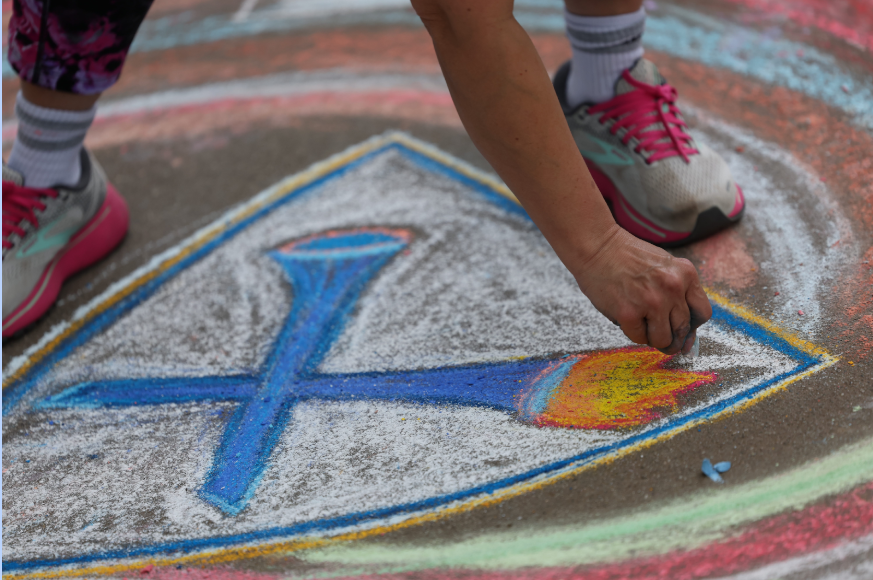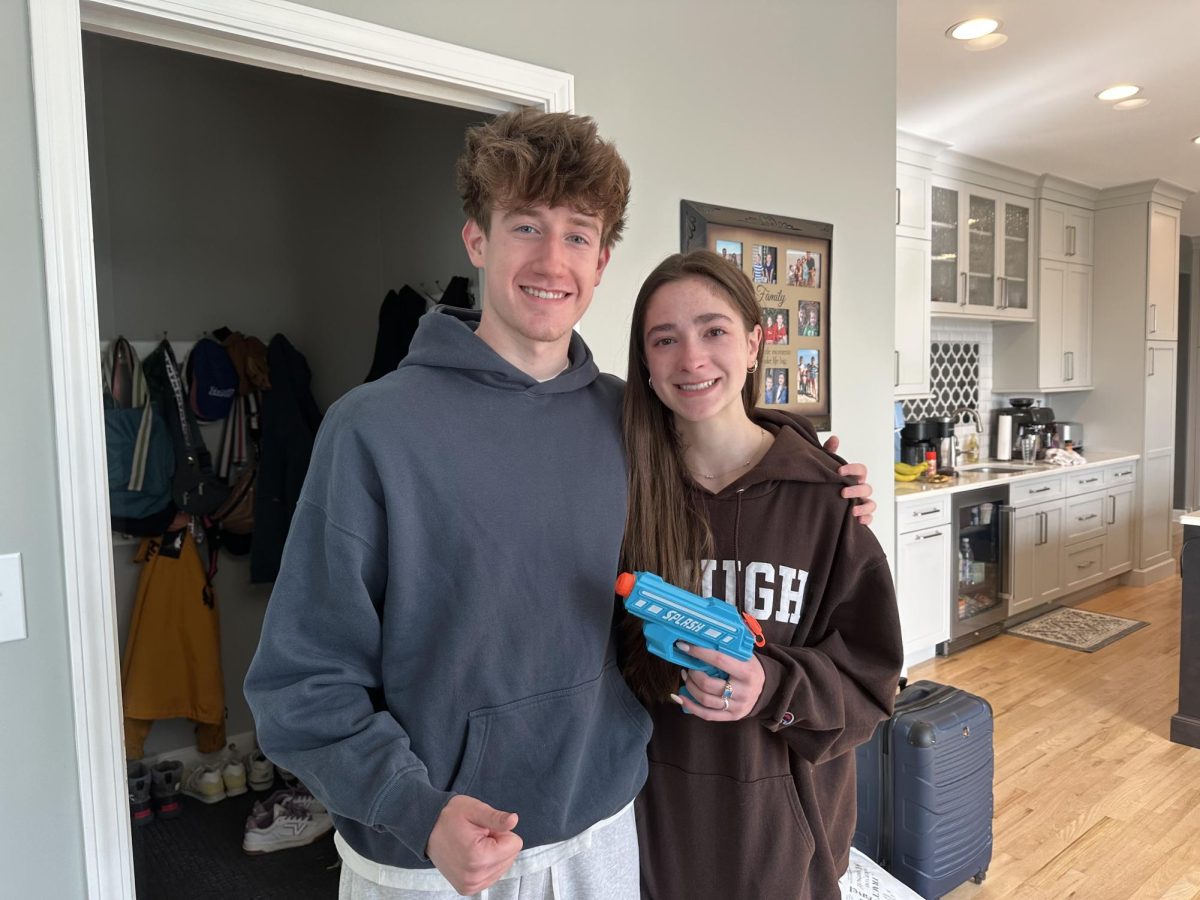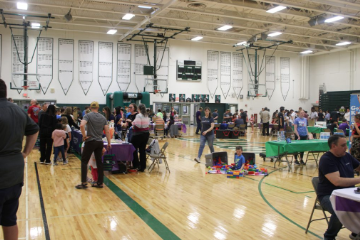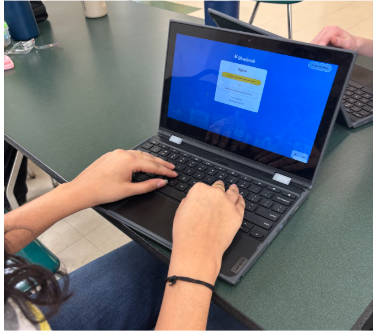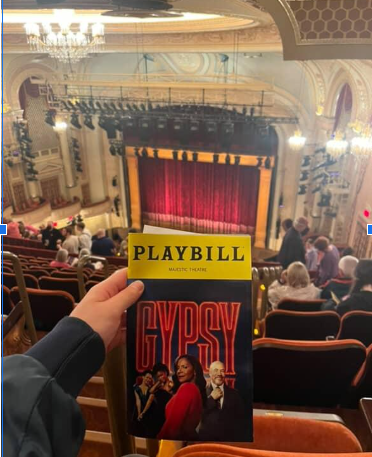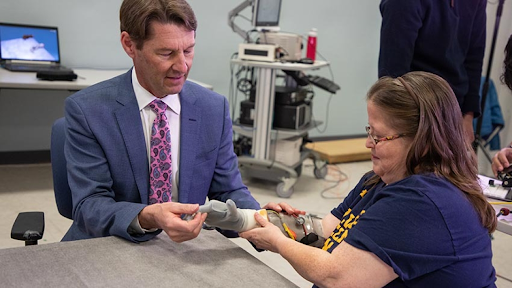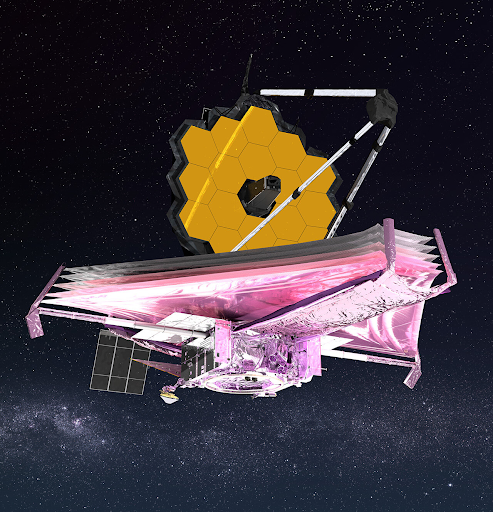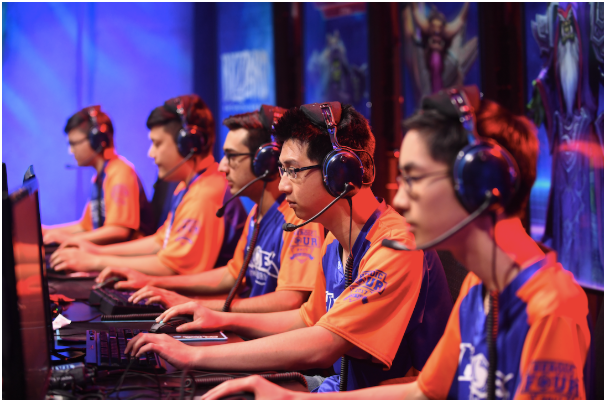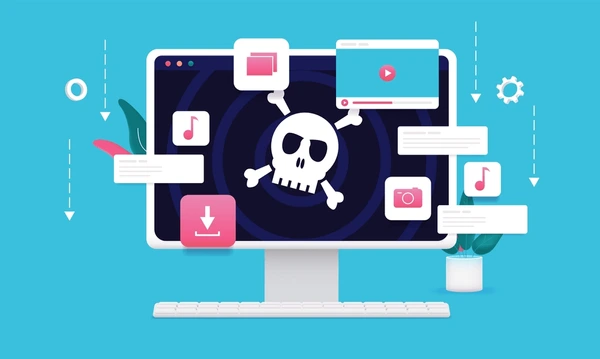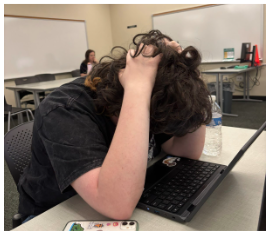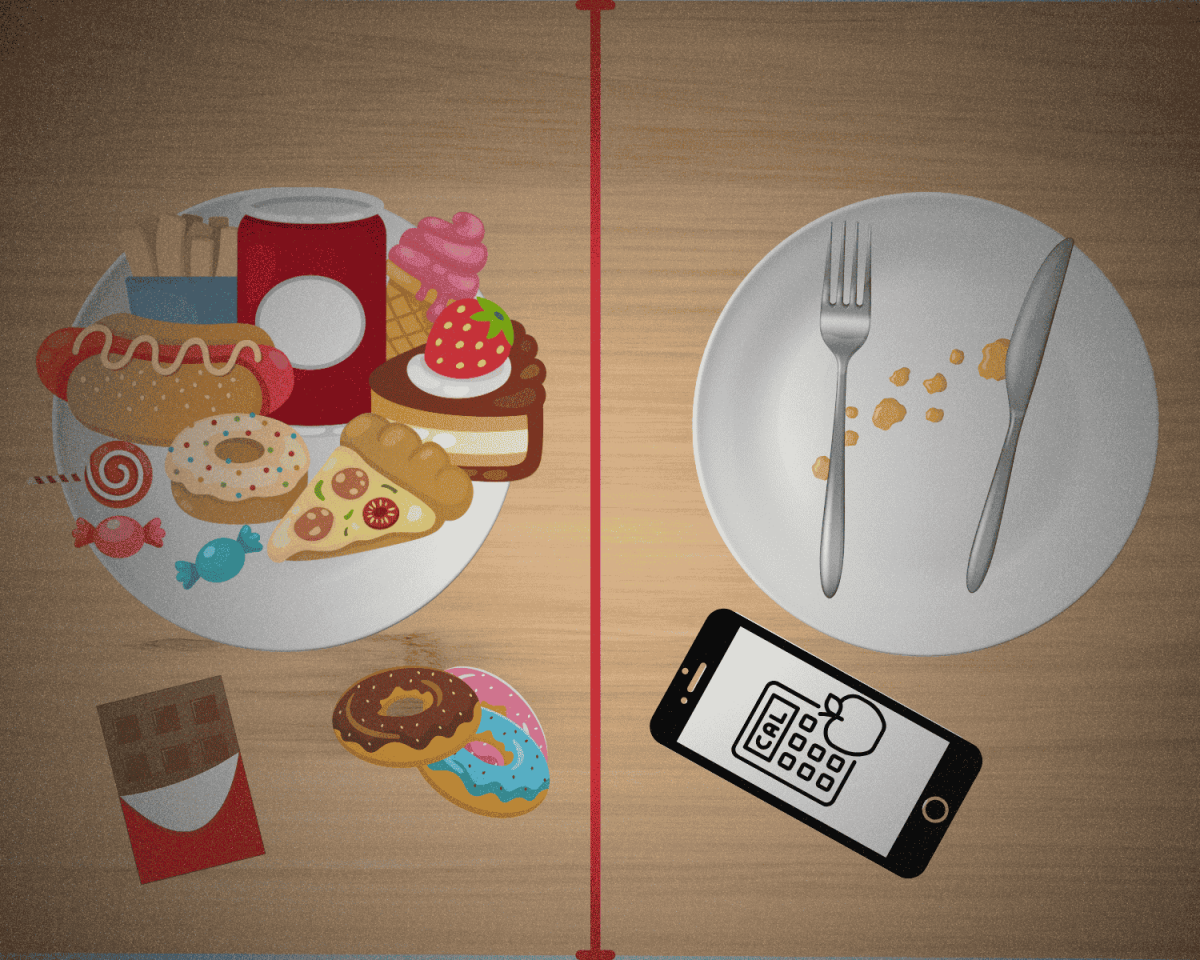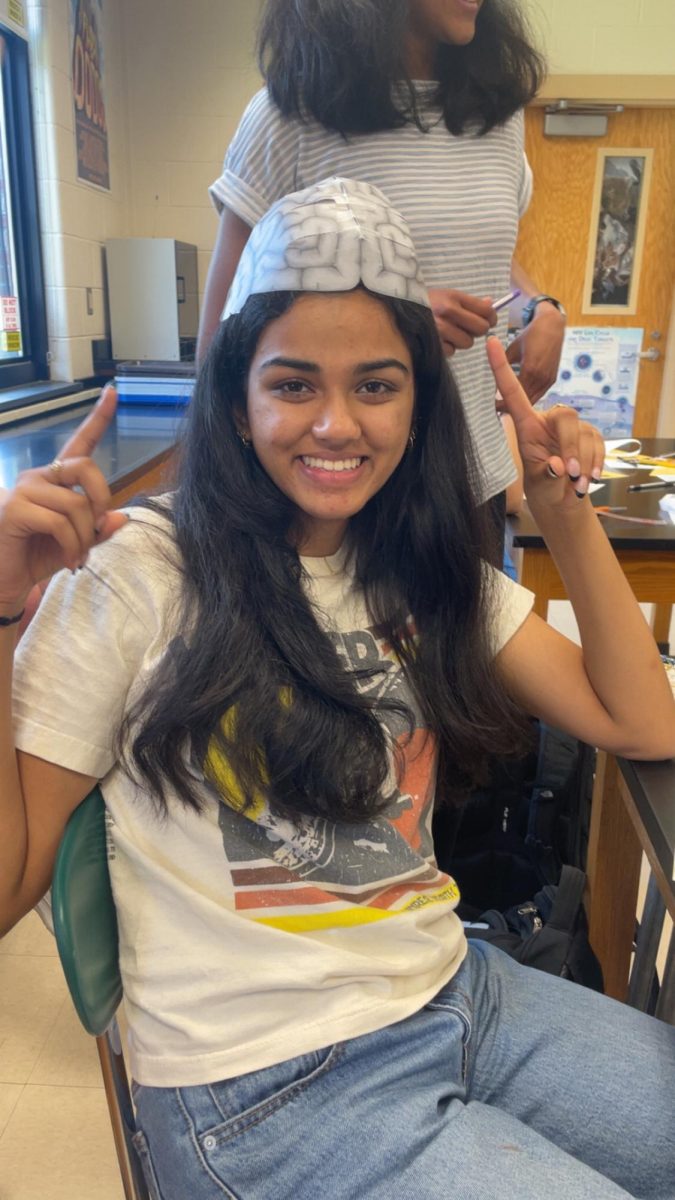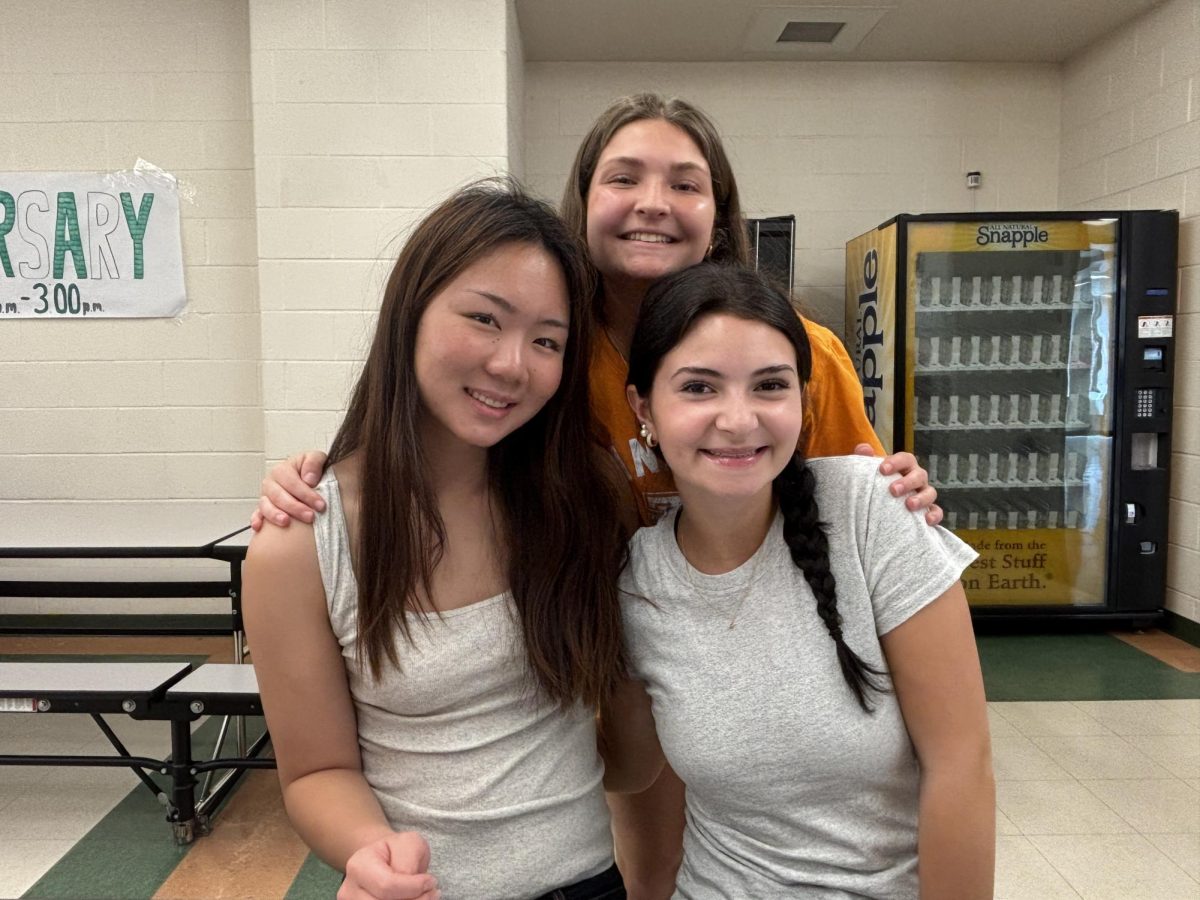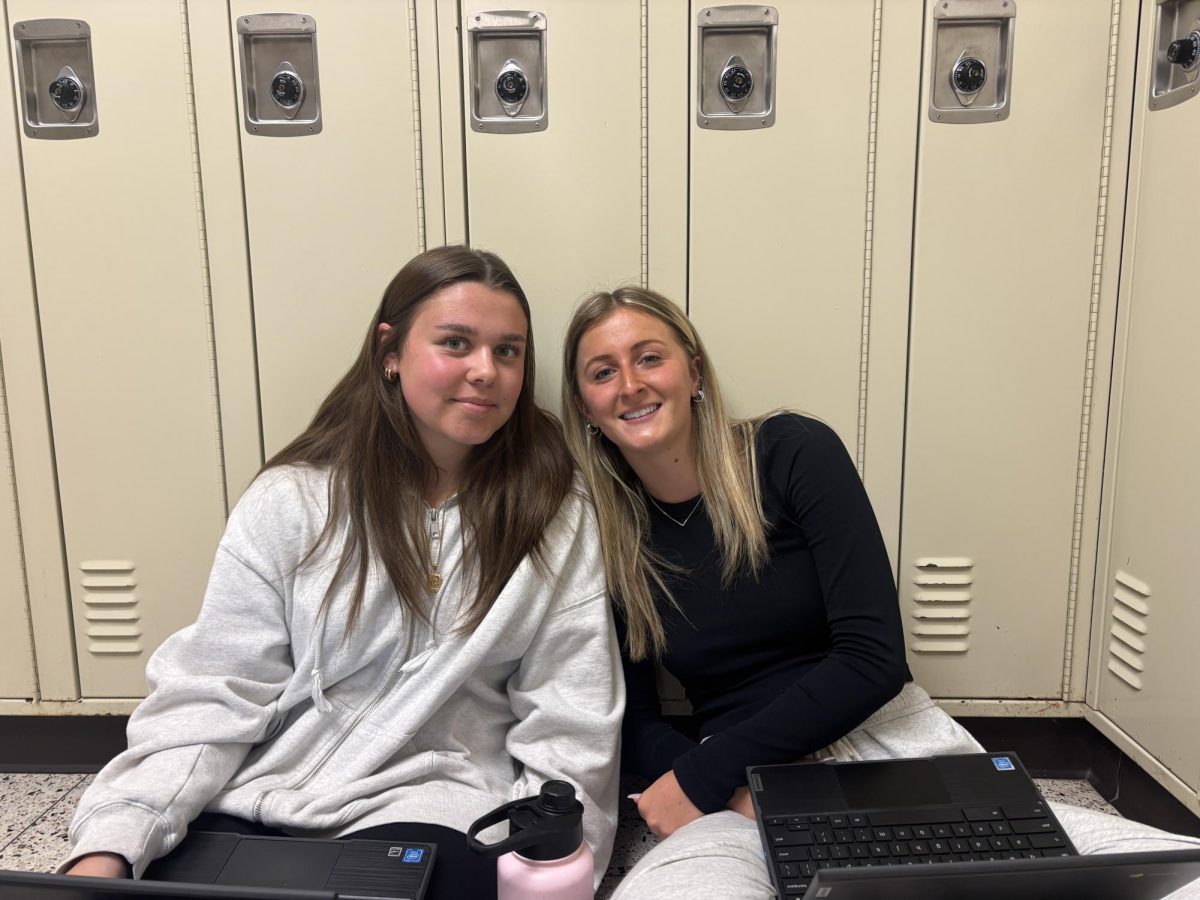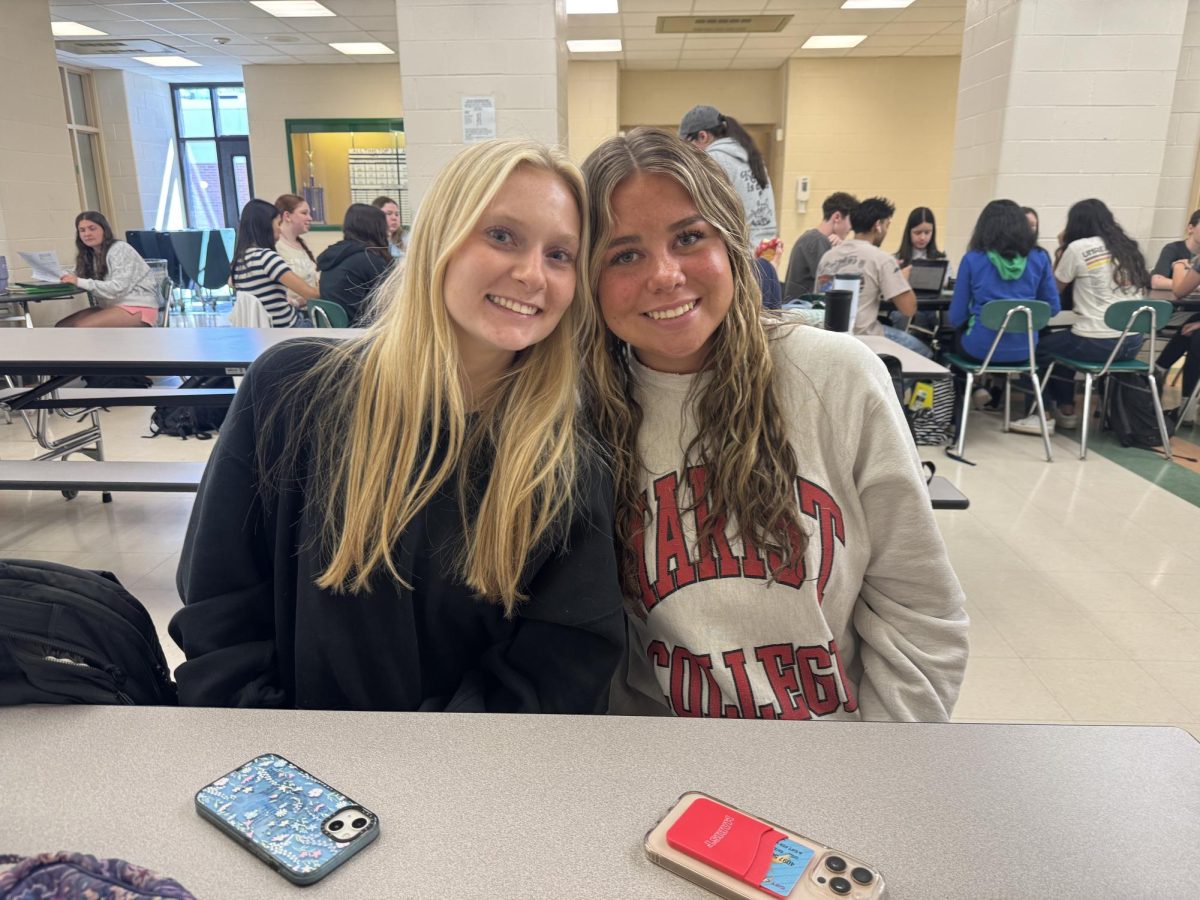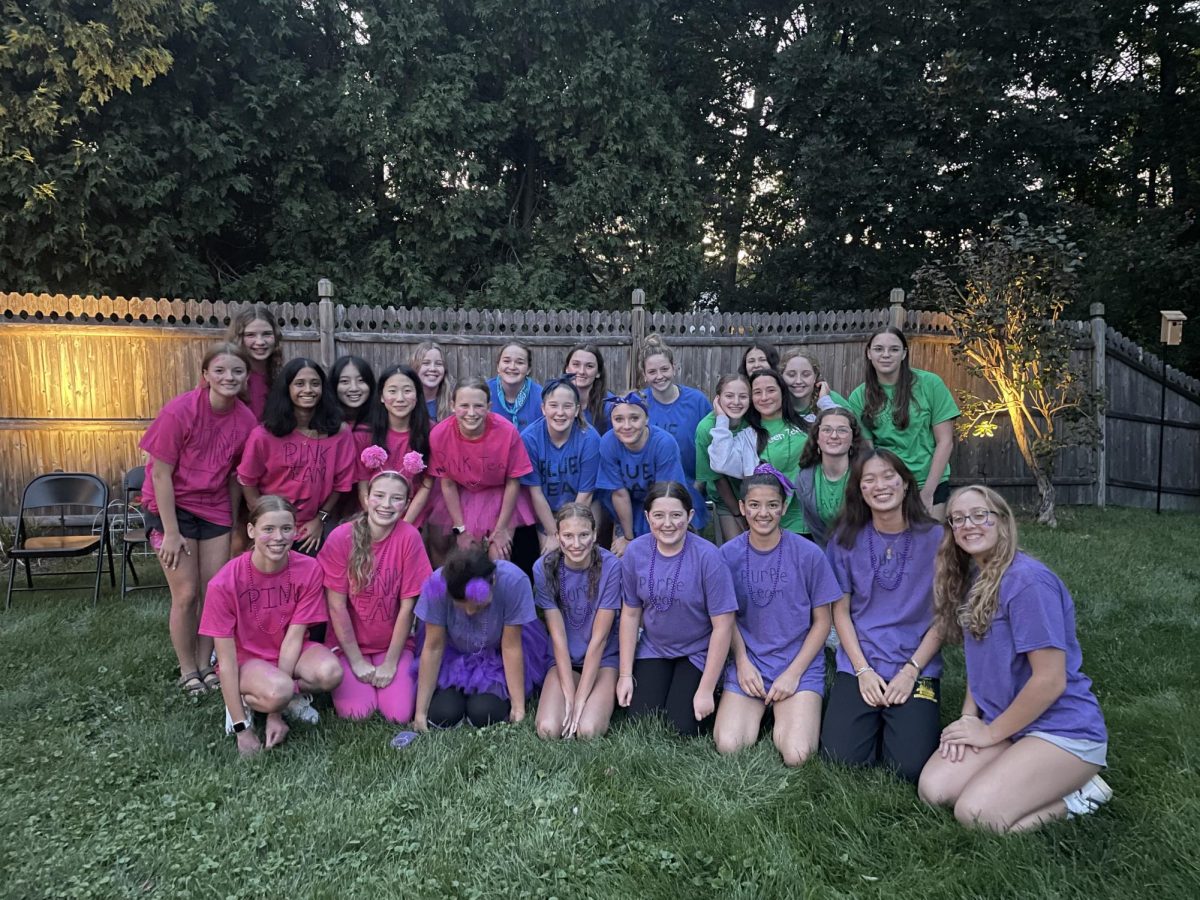How AI Chatbots are Influencing the Classroom
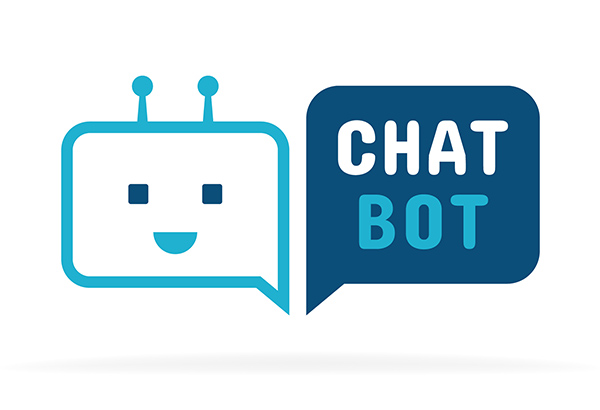
Students are figuring out ways to use new A.I. chatbots to help them complete tasks for school.
May 1, 2023
Over the past few months AI chatbots have been a constant topic of discussion. The uncertainty of the AI’s legitimacy, accuracy, safety, and even how they work in the first place has left many weary of the technology, but the new possibilities that the AI allows has also left many excited and willing to use the bots.
The question is how will these bots impact the future of education?
Despite the popularity of the chatbots rising recently, chatbots have been around for a while. The earliest form of a chatbot can be traced back to the 1960s with “Eliza,” a mock therapist bot made by MIT professor Joseph Wizenbaum. Throughout history the chatbots have evolved to help people more with the developments of personal assistant bots like Apple’s Siri, Google assistant and Amazon’s Alexa. All of these AI work generally the same way, you give it a command with your voice or through texts and the computer can search the web, turn on alarms, play music, set reminders and other tasks.
The newest development of this type of AI is ChatGPT. ChatGPT differs from the other chatbots in its ability to replicate the human voice. It c
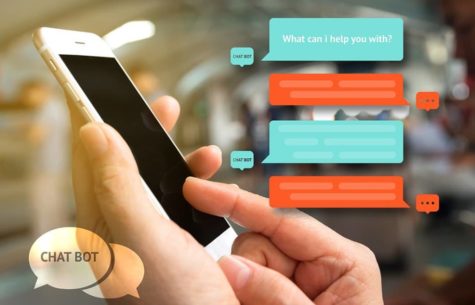
an take prompts of any kind and give an answer that is very hard to distinguish from a regular human answer. It can even have conversations with the user.
ChatGPT and other bots with increasing intelligence have naturally started to work their way into the life of students. Whether it’s the need to check over a paper for errors and possible improvements, or getting that assignment that you felt was really unnecessary done, students are using technology like ChatGPT to efficiently and realistically do these tasks.
One Shen senior, who like all students declined to provide their name for fear of retribution from their teachers or peers, said he has used chatbots to proofread an essay and “check for errors.”
A Shen junior, admitted that he used the chatbots for assignments he felt to be busy work.
“When it comes to homework and I don’t feel like doing it, it’s as simple as putting the prompt into the Chatbot and it gives me the information I need without having to search all over the internet,” he said.
However, not every student is a supporter of the chatbots. One Shen junior said she never used them.
“I feel like people should think for themselves instead of having a computer do it for them, personal opinions are better.”
Teachers say they are frustrated with students’ use of chatbots as well. English teacher Samantha Dipace, said she has been able to catch students who use chatbots because of irregularities in their vocabulary use. She said her students could not define or pronounce some of the words that were being generated using an AI chatbot. However, Dipace says it is hard to catch students who are using chatbots.
“It’s very hard to catch them,” she said.
Dipace said she wants ChatGPT and other chatbots to put their services behind a paywall to deter students from using them.
Dr. Manjeet Rege, St. Thomas University Software and Data Science Professor said the makers of ChatGPT are working to watermark what it writes. He said writing generated by a chatbot can be detected by recognizing a pattern at particular intervals.
AI researchers are currently working to get rid of the limitations of chatbots, which include generating incorrect information, producing harmful instruction or biased content, or just having limited knowledge in general.


